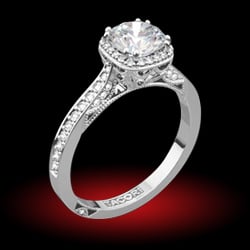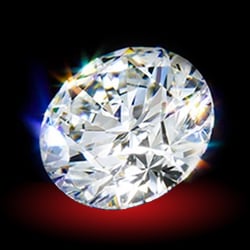mike04456
Brilliant_Rock
- Joined
- Nov 20, 2002
- Messages
- 1,441
Just came across this item on Rapaport:
(Rapaport…December 10, 2002) Gemological Institute of
America (GIA) research has found that a diamond’s star
and lower girdle facets “greatly impact” its appearance —
more than most diamantaires believe. Estimates of diamond
appearance should not rely only on pavilion and crown
angles, table size and depth, GIA researchers say.
The whole news bit is here:
http://www.diamonds.net/news/newsitem.asp?num=7382&type=all&topic=all
(Rapaport…December 10, 2002) Gemological Institute of
America (GIA) research has found that a diamond’s star
and lower girdle facets “greatly impact” its appearance —
more than most diamantaires believe. Estimates of diamond
appearance should not rely only on pavilion and crown
angles, table size and depth, GIA researchers say.
The whole news bit is here:
http://www.diamonds.net/news/newsitem.asp?num=7382&type=all&topic=all








300x240.png)